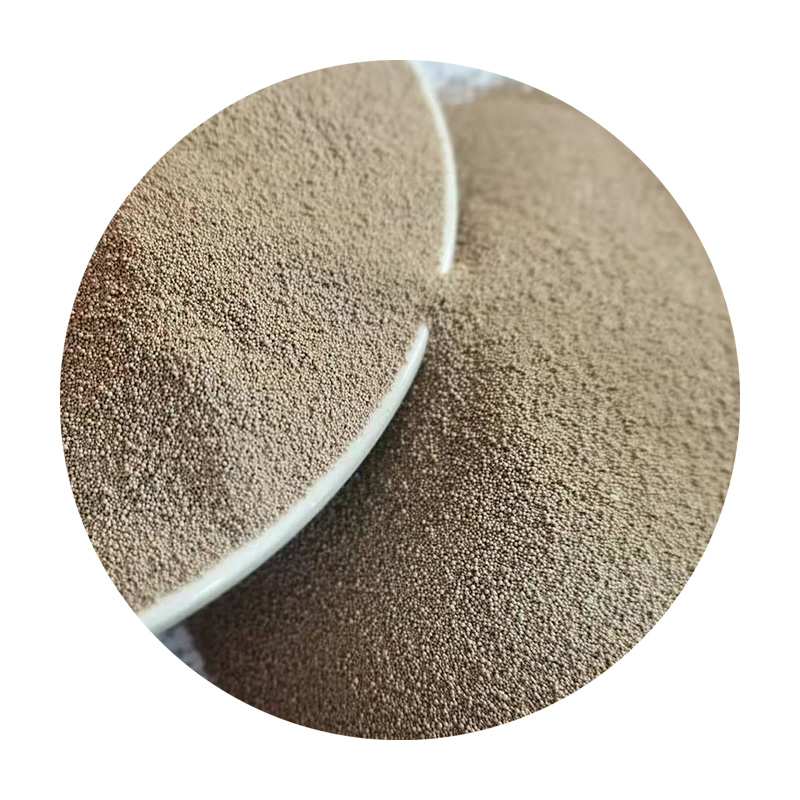Understanding Sand Types in Sand Casting
Sand casting is one of the oldest and most widely used manufacturing processes in the world. It involves creating a mold from sand and using it to produce metal castings. The success of this technique largely depends on the type of sand used. In this article, we will explore various sand types used in sand casting, highlighting their unique properties and applications.
Understanding Sand Types in Sand Casting
Another common type of sand is green sand, which is a mixture of silica sand, clay, water, and other additives. The clay acts as a binder, allowing the sand particles to stick together and form a durable mold. Green sand is easy to work with and can be reused multiple times, making it cost-effective for foundries. Its moisture content provides sufficient strength while allowing for easy handling and shaping.
sand casting sand types

Dry sand is also used in sand casting, which is essentially green sand that has been dried to remove water. This type of sand is often employed for precision casting due to its ability to produce smooth surfaces and finer details in the casting. However, it can be more challenging to work with than green sand, requiring careful handling and preparation.
Shell sand is another innovative option, made of fine sand coated with a thermosetting resin. This sand type is used for making thin-walled castings and intricate designs. The shells formed from this sand are lightweight and have excellent dimensional accuracy, but the process is generally more expensive than traditional methods.
Lastly, there are specialized sands like flask-less sand and CO2 process sand, which are designed for specific applications. Flask-less sand eliminates the need for traditional casting frameworks, while CO2 process sand uses a chemical reaction to cure the sand, providing high mold strength.
In conclusion, the choice of sand in sand casting plays a vital role in determining the quality and characteristics of the final product. Understanding the types of sand, including silica sand, green sand, dry sand, shell sand, and specialized sands, enables manufacturers to optimize their casting processes and achieve desired results. Each type brings its own advantages and limitations, making it essential for foundries to select the right sand for their specific needs.
Post time:8 сар . 31, 2024 00:57
Next:3d print sand casting
